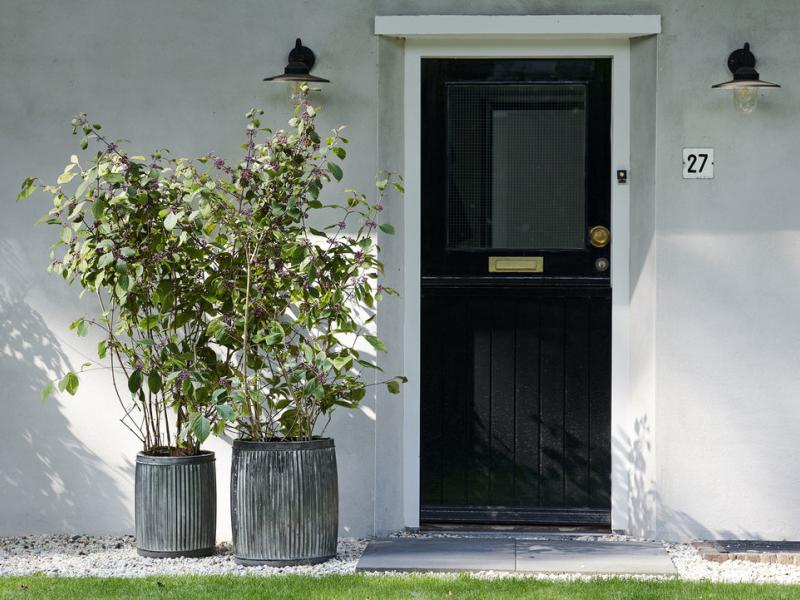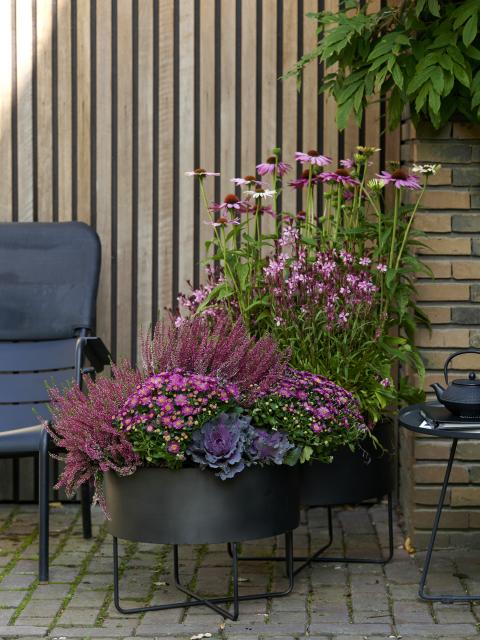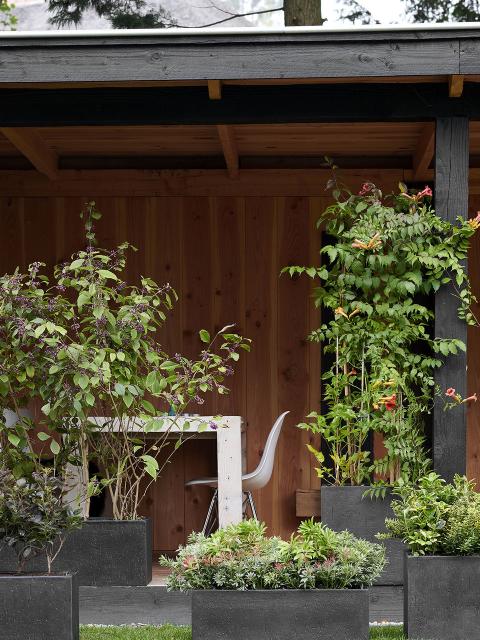It’s as if the last remains of summer are squeezed together into the small burgundy berries of the beautyberry (botanical name: Callicarpa), a medium-sized shrub with dark green foliage. In the spring it blooms with pale pink flowers that later turn into fabulous berries. The colour of the fruit lies between violet and red, and they grow in clusters on the branches. Birds don’t like them, so that they continue to bring colour to the garden well into the winter. Because the plant loses its green leaves in the autumn, the berries stand out even more. Beautyberry can grow up to 3 metres tall. The average height is one and a half metres. There are also species on which the leaves change colour from bronze and purple in the spring to dark green in the summer and on to golden yellow in the autumn.
North and South
Beautyberry is a member of the mint family, comprises some 140 species and is native to Asia, Australia, South America and the south-east of North America. In the tropics the plant retains its leaves, whilst in temperate regions it sheds them in the winter.
Trivia
- The scientific name is derived from the Greek words 'callos' (beauty) and 'carpos' (fruit), refers to the fabulous berries.
- The branches are very popular in Japan for ikebana, the Japanese art of flower arranging.
- Essential oil made from beautyberry’s berries has been found to be an effective repellent against ants and mosquitoes.







